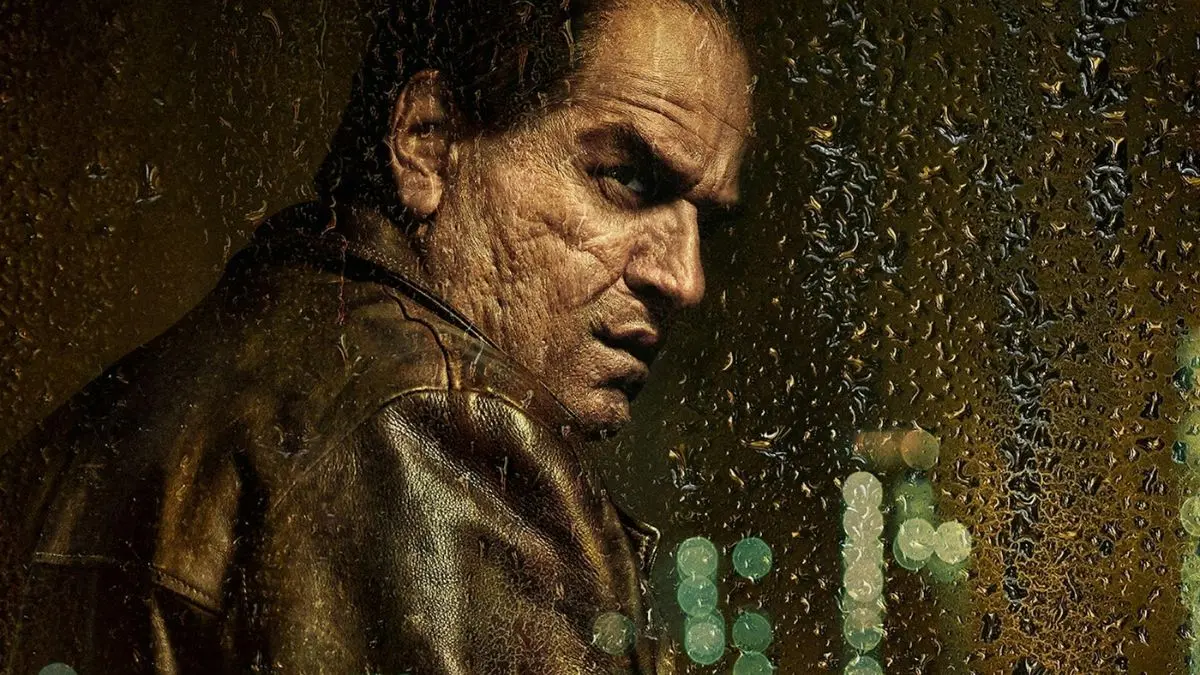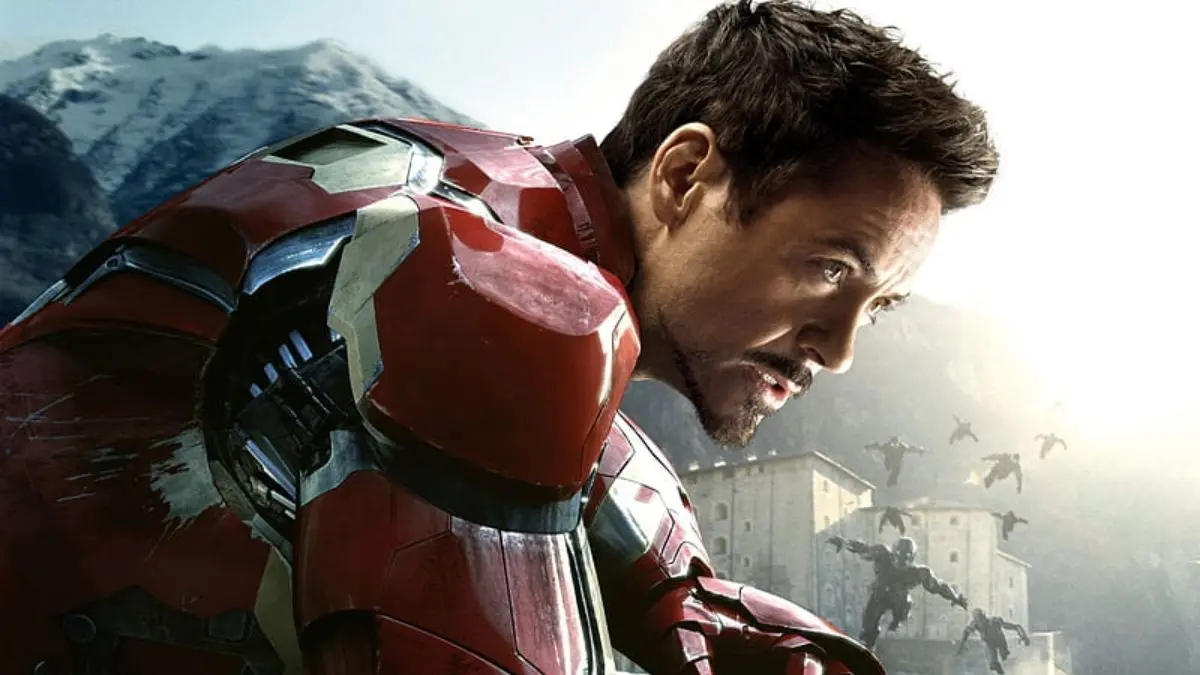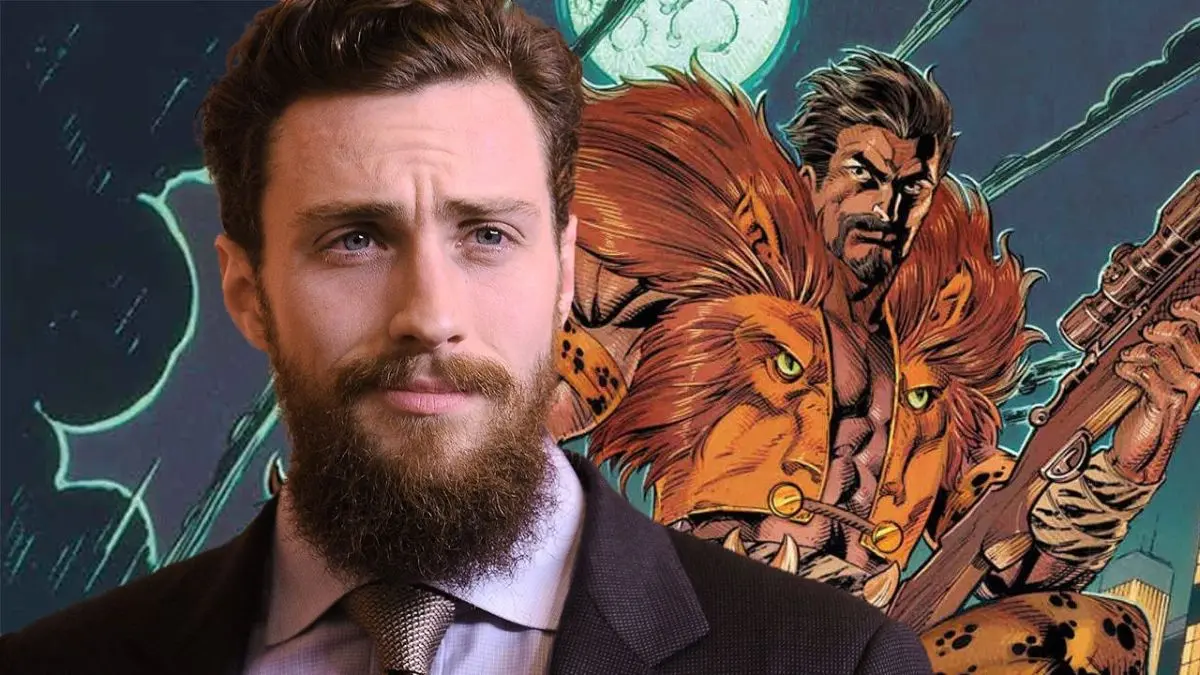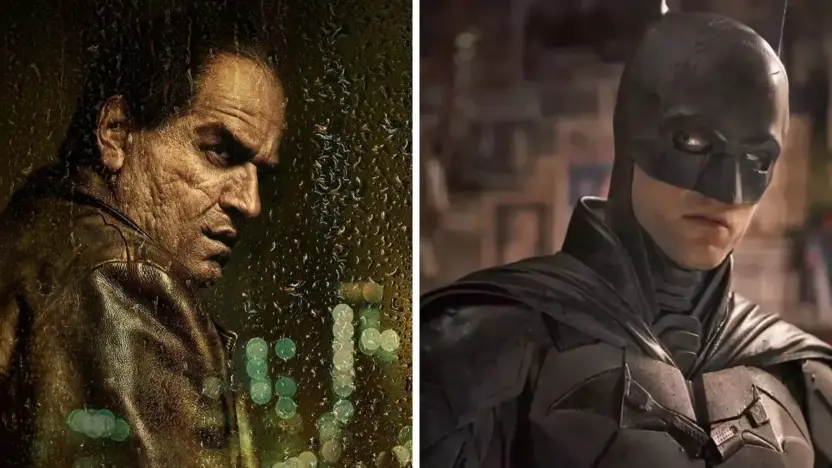The timeless battle between good and evil has shaped storytelling across cultures and generations. In recent years, however, the narrative focus has shifted, with villain-centric stories gaining as much prominence as hero-led tales. This dynamic evolution of storytelling—”Villain-Centric Stories vs. Hero-Led Narratives”—raises an intriguing question: who truly steals the spotlight? The answer isn’t as black-and-white as one might think, as both heroes and villains bring unique elements to the table that captivate audiences worldwide.
The Allure of Heroes: Beacons of Hope and Inspiration
Heroes have traditionally been the cornerstone of storytelling. They represent virtues like courage, sacrifice, and justice, often serving as moral compasses for audiences. A hero’s journey—popularized by Joseph Campbell’s The Hero with a Thousand Faces—provides a relatable framework for character development. Heroes are flawed but strive for growth, which resonates deeply with audiences.
Examples of Hero-Led Narratives
- Superman (Man of Steel, Superman: The Movie): Superman embodies hope and resilience, often portrayed as a savior figure. His commitment to justice despite personal sacrifices has made him a cultural icon.
- Harry Potter (Harry Potter and the Philosopher’s Stone): Harry’s journey from an ordinary boy to the savior of the wizarding world resonates with readers who see themselves in his struggles and triumphs.
- Frodo Baggins (The Lord of the Rings): Frodo’s relentless determination to destroy the One Ring showcases the quiet heroism of ordinary individuals thrust into extraordinary circumstances.
Hero-led stories often inspire audiences, leaving them with hope and a sense of purpose. They teach us that greatness lies in overcoming personal struggles and fighting for the greater good.

The Rise of Villain-Centric Stories: Exploring Complexity and Shades of Gray
In contrast to the moral clarity of hero-led narratives, villain-centric stories delve into the psyche of antagonists, showcasing their motivations, traumas, and inner conflicts. These tales are compelling because they humanize villains, allowing audiences to empathize with—or at least understand—their perspectives.
Examples of Villain-Centric Stories
- Joker (Joker, 2019): Joaquin Phoenix’s portrayal of Arthur Fleck offers a deep dive into the societal and psychological factors that transform a marginalized individual into a criminal mastermind. The film blurs the line between victim and villain, leaving audiences in moral ambiguity.
- Maleficent (Maleficent, 2014): By reimagining the classic villain from Sleeping Beauty, this story provides a nuanced view of betrayal and redemption, portraying Maleficent as a protector rather than a destroyer.
- Thanos (Avengers: Infinity War): While not entirely villain-centric, Thanos’s perspective dominates much of the narrative, allowing viewers to understand his philosophy of balance, even if it’s morally flawed.
Villain-centric stories challenge traditional notions of morality, asking audiences to confront uncomfortable truths about justice, power, and the nature of evil.
What Makes Villains Steal the Spotlight?
Villains often outshine heroes because they embody forbidden desires and unrestrained ambitions. Their complexity makes them unpredictable, drawing audiences into their stories.
Key Factors Behind Villains’ Appeal
- Complex Motivations: Villains like Killmonger (Black Panther) or Magneto (X-Men) have motivations rooted in personal pain or societal injustice, making them more relatable than one-dimensional “evil for evil’s sake” antagonists.
- Charismatic Performances: Performers like Heath Ledger (The Dark Knight) and Anthony Hopkins (The Silence of the Lambs) deliver unforgettable portrayals that elevate their characters to legendary status.
- Moral Ambiguity: Modern audiences appreciate shades of gray, and villains like Walter White (Breaking Bad) and Cersei Lannister (Game of Thrones) thrive in morally ambiguous spaces, making their stories compelling.

Heroes vs. Villains: A Symbiotic Relationship
It’s important to note that heroes and villains are often defined by their opposition to each other. A compelling hero requires a formidable villain, and vice versa. Batman is incomplete without the Joker, just as Sherlock Holmes wouldn’t be as legendary without Moriarty.
Iconic Rivalries
- Batman and Joker (The Dark Knight): The Joker’s anarchic philosophy contrasts sharply with Batman’s moral code, creating one of the most dynamic hero-villain relationships in fiction.
- Sherlock Holmes and Moriarty (The Final Problem): Moriarty, as Holmes’s intellectual equal, elevates their rivalry to a battle of wits, cementing both characters in literary history.
- Harry Potter and Voldemort (Harry Potter series): Voldemort’s relentless quest for immortality forces Harry to grow into a hero, making their conflict the emotional backbone of the series.
These rivalries showcase how heroes and villains rely on each other for narrative depth, creating stories that linger in the audience’s minds.
When Villains Take the Lead: Benefits of the Shift
Villain-centric stories are not merely a trend but a reflection of evolving audience preferences. They highlight the complexity of human nature, encouraging viewers to question traditional moral binaries.
Benefits of Villain-Led Narratives
- Deconstructing Morality: Stories like Joker and Maleficent challenge the idea that good and evil are absolute, encouraging nuanced discussions about ethics.
- Empathy for the Other Side: Villain-centric narratives humanize antagonists, reminding audiences that everyone has a story, even those who do wrong.
- Innovative Storytelling: By flipping traditional narratives, these stories offer fresh perspectives, keeping the genre vibrant and unpredictable.

The Future of Storytelling: A Balanced Approach?
As storytelling continues to evolve, the lines between hero and villain are becoming increasingly blurred. Stories like The Boys and Watchmen show morally gray characters on both sides, reflecting a more realistic view of human nature.
Examples of Balanced Narratives
- Loki (Loki, Disney+): The show explores Loki’s transformation from villain to anti-hero, showcasing his depth and complexity.
- Game of Thrones: Characters like Jaime Lannister and Daenerys Targaryen constantly shift between heroism and villainy, making them unpredictable and deeply engaging.
- Breaking Bad: Walter White’s descent into criminality blurs the lines between protagonist and antagonist, making the audience complicit in his actions.
Also Read: Cinematic Universes vs. Standalone Stories: Which Leaves a Stronger Legacy?



